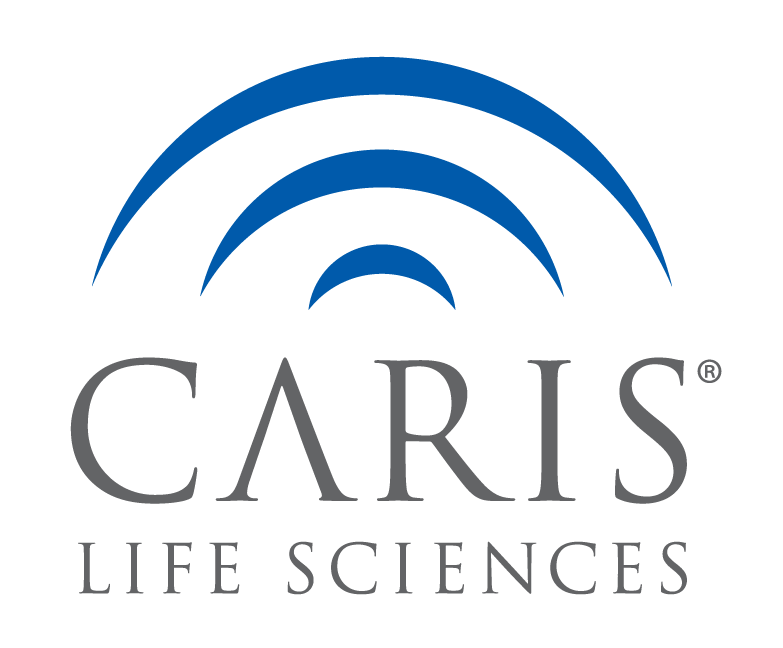Background: SETD2, a key methyltransferase modulating histone 3 gene transcription, has been shown to act as a tumor suppressor gene by reducing oxidative stress, colonic inflammation and tumorigenesis in animal models. SETD2 gene expression has been reported to be significantly downregulated in CRC and linked with poorer patient survival. Additionally, SETD2 plays an important role in DNA repair and loss of function mutations have been associated with increased tumor mutational burden (TMB), mismatch repair (MMR) deficiency, and benefit from immunotherapy. Hence, we aimed to characterize the molecular features associated with SETD2 gene expression in CRC.
Methods: 15,425 CRC tumors tested at Caris Life Sciences (Phoenix, AZ) with NextGen Sequencing on DNA (592 genes or whole exome sequencing), RNA (whole transcriptome sequencing), and IHC were analyzed. SETD2-high and -low expression were defined as ≥ top and < bottom quartile of SETD2 transcripts per million (TPM), respectively. Cell infiltration in the tumor microenvironment (TME) was estimated by QuantiSEQ. Mann-Whitney U and X2/Fisher-Exact tests were applied where appropriate, with P-values adjusted for multiple comparisons (q < .05). Gene expression profiles were analyzed for transcriptional signatures predictive of response to immunotherapy (T cell-inflamed) and MAPK pathway activation (MPAS). Real-world overall survival information was obtained from insurance claims data and Kaplan-Meier estimates were calculated for molecularly defined patients.
Results: SETD2 expression was significantly increased in left-sided/rectal compared to right-sided tumors (median TPM [mTPM] 55.8 vs 51.1, q < .001). SETD2 mutations were associated with reduced SETD2 expression in pMMR/MSS CRC (mTPM 37.9 vs 54.3 in WT, q < .001), although not statistically significant in dMMR/MSI-H CRC (mTPM 43.6 vs 51.7 in WT, P = .17). Compared to SETD2-high tumors, SETD2-low was associated with increased rates of TMB-high (10.4% vs 8.2%, P = .009), dMMR/MSI-H (7.3% vs 5.6%, P = .02), and PD-L1 IHC levels (4.4% vs 2.5%, q < .002). Only minor differences in gene mutation and copy number rates were observed between SETD2-high and -low tumors, whereas SETD2-high TME was associated with increased immune cell infiltration, including neutrophils, B cells, NK cells, M2 macrophages, and dendritic cells (q < .05). SETD2-high was also associated with increased T cell-inflamed and MPAS signatures (152% and 159% median increase, respectively, q < .001), regardless of tumor MMR status. Among dMMR/MSI-H CRC, SETD2-high tumors receiving immune checkpoint inhibitors had longer time-on-treatment (HR: 0.39, 95% CI: 0.2-0.76, P = .005) and a trend towards longer OS (HR: 0.29, 95% CI: 0.07-1.2, P = .069).
Conclusions: Our data show distinct immune biomarkers and TME cell infiltration associated with SETD2 gene expression in CRC. These findings support a key role for SETD2 in modulating anti-tumor immunity and TME.

